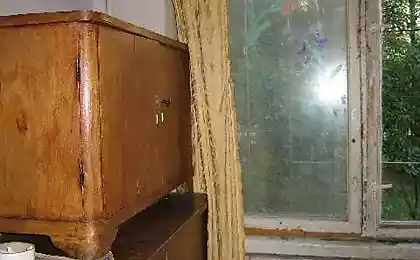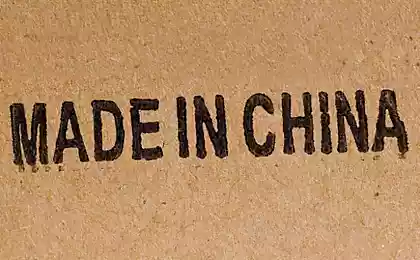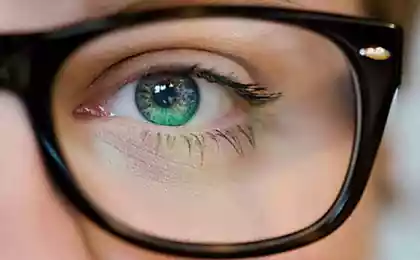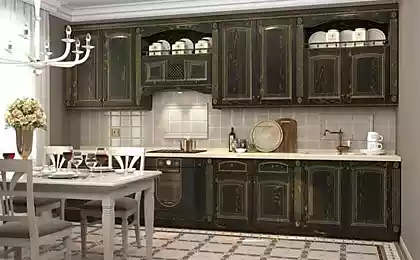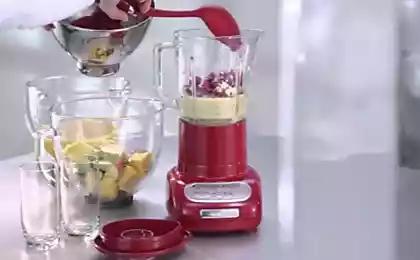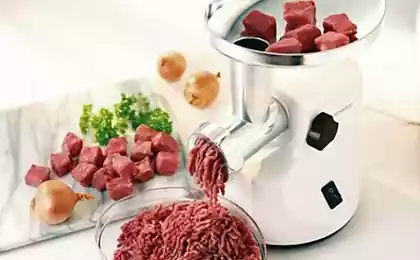499
Appliances whirlpool: Choose equipment
The quantity and quality of water depends on how H2O is distributed, stored, and most importantly – used. Of course, most people in civilized countries, cities with developed infrastructure, where flows sufficient rainfall to provide water shortage, to put it mildly, difficult. But to understand the impact of individual consumption on the General "water picture" needed in the world.
Washing machine.
During a standard wash cycle, these devices use different amounts of water, and this is a good place to focus when choosing economical equipment. Usually consumes about 50 liters, but it is still significantly less than hand washing. There are models that only need 33 litres per one washing – these machines are the most efficient from the point of view of water saving. But there are records from 70 liters. Check the machine features when purchasing – so, European manufacturers allowable water consumption is described in the section "Criteria of the EEC".
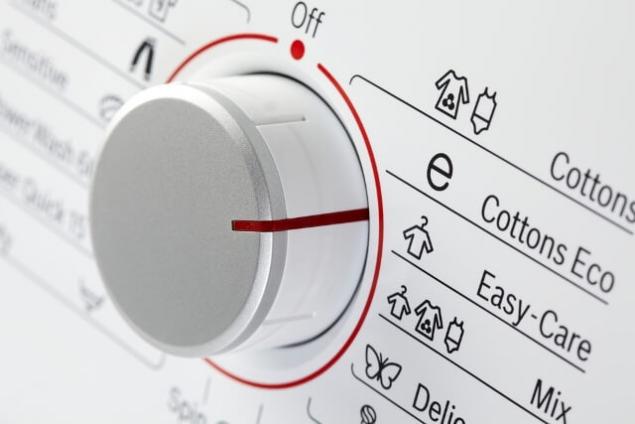
Practical tips:
– To be sure to conserve water, use the washing machine only when fully loaded drum.
Modes with a large number of operations increase water consumption, so avoid modes of washing heavily soiled Laundry, the prewash and extra rinse.
– Wash natural fabrics, particularly cotton uses 50% less water than thin, mixed and synthetic materials.
– Use washing powder and fabric softener with these eco-labels that indicate the harmlessness of the ingredients for both human health and the environment.
Dishwasher.
Manufacturers claim that these devices in your kitchen save from 8 to 14 thousand liters of water annually. In addition, the dishwasher better cope with their task. Ecolable these devices will tell you about energy use, water consumption and the maximum number of simultaneously loaded dishes. Also indicate the class of washing and drying, sometimes the noise level. The average of the standard Laundry detergent the machine spends 14 litres of cold water.

The instructions always specify the water consumption in different modes, so it can be controlled independently. Some models have a system Aqua Sensor / Water Sensor / Sensor system, which determines the clarity of the water after pre-rinsing. If the water is reasonably clean, the machine uses it for the next wash cycle.
Practical tips:
– Use the dishwasher when fully loaded – for example at the end of the day. So you will achieve the minimum consumption of water and detergents.
– As a rule, the most economical mode labeled "AUTO", when it is spent only 6-7 litres, so it is preferable to include it.
– Eco-friendly dishwashing detergent will make your dishes with forks safe for health and the water used by the machine is harmless to the environment.
Electric kettle.
Kettles usually used in our kitchens is quite unreasonable – they spend a huge amount of energy and water. But only because we boil water in the kettle too often, and next heated again change the water. The main selection criteria of the kettle is its purpose – for what purposes do you need water, and how many cups. Considered to be the most economical electric kettle with specific temperature settings for brewing different kinds of beverages.
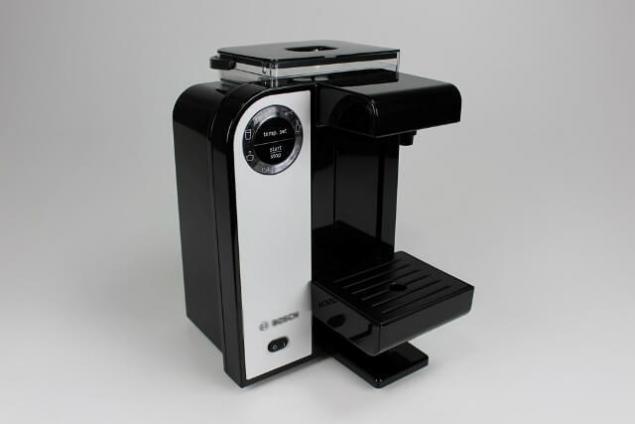
Also available device for heating a small amount of water – they are perfect for those who like to drink alone, as well as models with additional functionality – for example, tea in the heating process of the water. For the most economical fit teapots with the function of dispensing water, and a cooler that not only cools water, but also heats it up.
Egg cooker.
This gadget is undeservedly neglected by buyers, and is rarely found in the kitchens of our hostesses. Many simply do not understand why need a separate device if the eggs just cook in the pan. But speak for themselves figures: 6-7 boiling eggs the old fashioned way takes about 1-1,5 liters of water, and the boiler has on average spent only 50-60 milligrams, since the preparation is produced by steam.
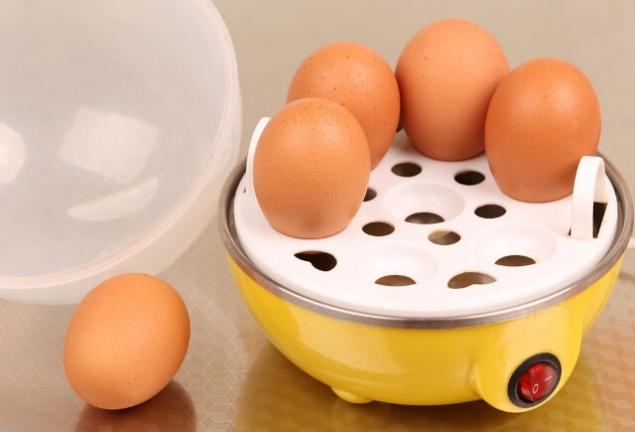
Responsible consumers, of course, should not ignore such "innovation". Besides, now on sale you can find a device that combines a steamer and egg boiler that will appeal to fans of healthy food prepared with the most gentle of thermal processing methods. It is better to choose a boiler with a large number of cells, because energy and water, they spend as much, but on a larger number of eggs.
Minisink. Such devices of a high pressure, usually used for washing cars, equipment, and for cleaning of gardens and pools. Washer will allow owners of cars, motorcycles, bicycles, and residents of country houses spend considerably less water than a conventional hose, not to mention efficiency. By jets of water under pressure, the apparatus does its work quickly and efficiently, without requiring additional rinsing, and sometimes even cleaning is not necessary.

To select a washer determine what contaminants the appliance needs to handle. The performance of the device is calculated based on water consumption: generally, it ranges from 6 to 15 litres of water per minute. The second important indicator is the system pressure (70 to 150 bar), depending on which is determined by the ability to purify various levels of contamination.
Many models have "eco" mode that is used for non-heavily soiled surface at which the cost of water and electricity is reduced by 20-30%. Another positive point: the high-pressure feed water for household purposes, sucking it from existing containers is very handy if you collect rainwater. published
P. S. And remember, only by changing their consumption — together we change the world! ©
Join us in Facebook , Vkontakte, Odnoklassniki
Source: www.da-voda.com/gadzhety/bytovoj-vodovorot-vybiraem-tehniku/
Washing machine.
During a standard wash cycle, these devices use different amounts of water, and this is a good place to focus when choosing economical equipment. Usually consumes about 50 liters, but it is still significantly less than hand washing. There are models that only need 33 litres per one washing – these machines are the most efficient from the point of view of water saving. But there are records from 70 liters. Check the machine features when purchasing – so, European manufacturers allowable water consumption is described in the section "Criteria of the EEC".

Practical tips:
– To be sure to conserve water, use the washing machine only when fully loaded drum.
Modes with a large number of operations increase water consumption, so avoid modes of washing heavily soiled Laundry, the prewash and extra rinse.
– Wash natural fabrics, particularly cotton uses 50% less water than thin, mixed and synthetic materials.
– Use washing powder and fabric softener with these eco-labels that indicate the harmlessness of the ingredients for both human health and the environment.
Dishwasher.
Manufacturers claim that these devices in your kitchen save from 8 to 14 thousand liters of water annually. In addition, the dishwasher better cope with their task. Ecolable these devices will tell you about energy use, water consumption and the maximum number of simultaneously loaded dishes. Also indicate the class of washing and drying, sometimes the noise level. The average of the standard Laundry detergent the machine spends 14 litres of cold water.

The instructions always specify the water consumption in different modes, so it can be controlled independently. Some models have a system Aqua Sensor / Water Sensor / Sensor system, which determines the clarity of the water after pre-rinsing. If the water is reasonably clean, the machine uses it for the next wash cycle.
Practical tips:
– Use the dishwasher when fully loaded – for example at the end of the day. So you will achieve the minimum consumption of water and detergents.
– As a rule, the most economical mode labeled "AUTO", when it is spent only 6-7 litres, so it is preferable to include it.
– Eco-friendly dishwashing detergent will make your dishes with forks safe for health and the water used by the machine is harmless to the environment.
Electric kettle.
Kettles usually used in our kitchens is quite unreasonable – they spend a huge amount of energy and water. But only because we boil water in the kettle too often, and next heated again change the water. The main selection criteria of the kettle is its purpose – for what purposes do you need water, and how many cups. Considered to be the most economical electric kettle with specific temperature settings for brewing different kinds of beverages.

Also available device for heating a small amount of water – they are perfect for those who like to drink alone, as well as models with additional functionality – for example, tea in the heating process of the water. For the most economical fit teapots with the function of dispensing water, and a cooler that not only cools water, but also heats it up.
Egg cooker.
This gadget is undeservedly neglected by buyers, and is rarely found in the kitchens of our hostesses. Many simply do not understand why need a separate device if the eggs just cook in the pan. But speak for themselves figures: 6-7 boiling eggs the old fashioned way takes about 1-1,5 liters of water, and the boiler has on average spent only 50-60 milligrams, since the preparation is produced by steam.

Responsible consumers, of course, should not ignore such "innovation". Besides, now on sale you can find a device that combines a steamer and egg boiler that will appeal to fans of healthy food prepared with the most gentle of thermal processing methods. It is better to choose a boiler with a large number of cells, because energy and water, they spend as much, but on a larger number of eggs.
Minisink. Such devices of a high pressure, usually used for washing cars, equipment, and for cleaning of gardens and pools. Washer will allow owners of cars, motorcycles, bicycles, and residents of country houses spend considerably less water than a conventional hose, not to mention efficiency. By jets of water under pressure, the apparatus does its work quickly and efficiently, without requiring additional rinsing, and sometimes even cleaning is not necessary.

To select a washer determine what contaminants the appliance needs to handle. The performance of the device is calculated based on water consumption: generally, it ranges from 6 to 15 litres of water per minute. The second important indicator is the system pressure (70 to 150 bar), depending on which is determined by the ability to purify various levels of contamination.
Many models have "eco" mode that is used for non-heavily soiled surface at which the cost of water and electricity is reduced by 20-30%. Another positive point: the high-pressure feed water for household purposes, sucking it from existing containers is very handy if you collect rainwater. published
P. S. And remember, only by changing their consumption — together we change the world! ©
Join us in Facebook , Vkontakte, Odnoklassniki
Source: www.da-voda.com/gadzhety/bytovoj-vodovorot-vybiraem-tehniku/
How to behave with children in the Museum or why not to push
To see a different reality — 9 SUPER useful exercises for the brain

